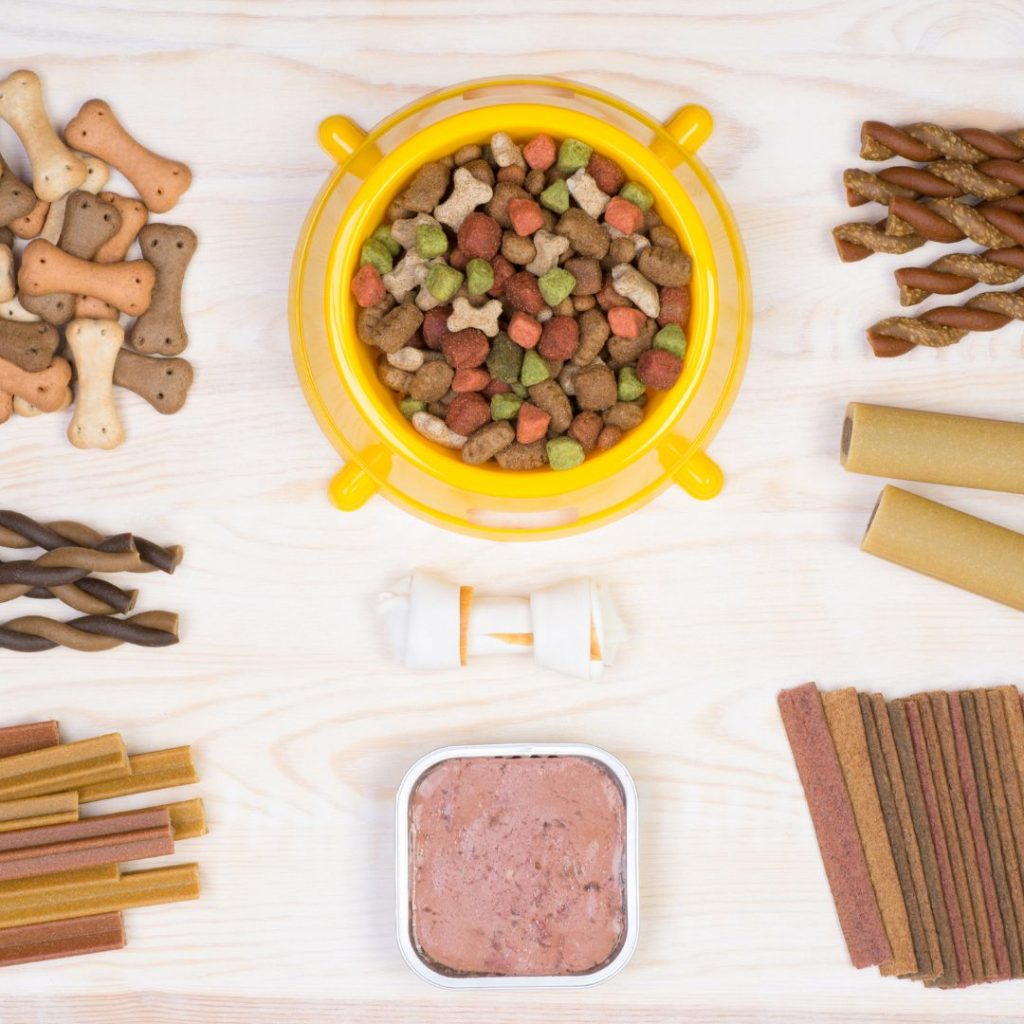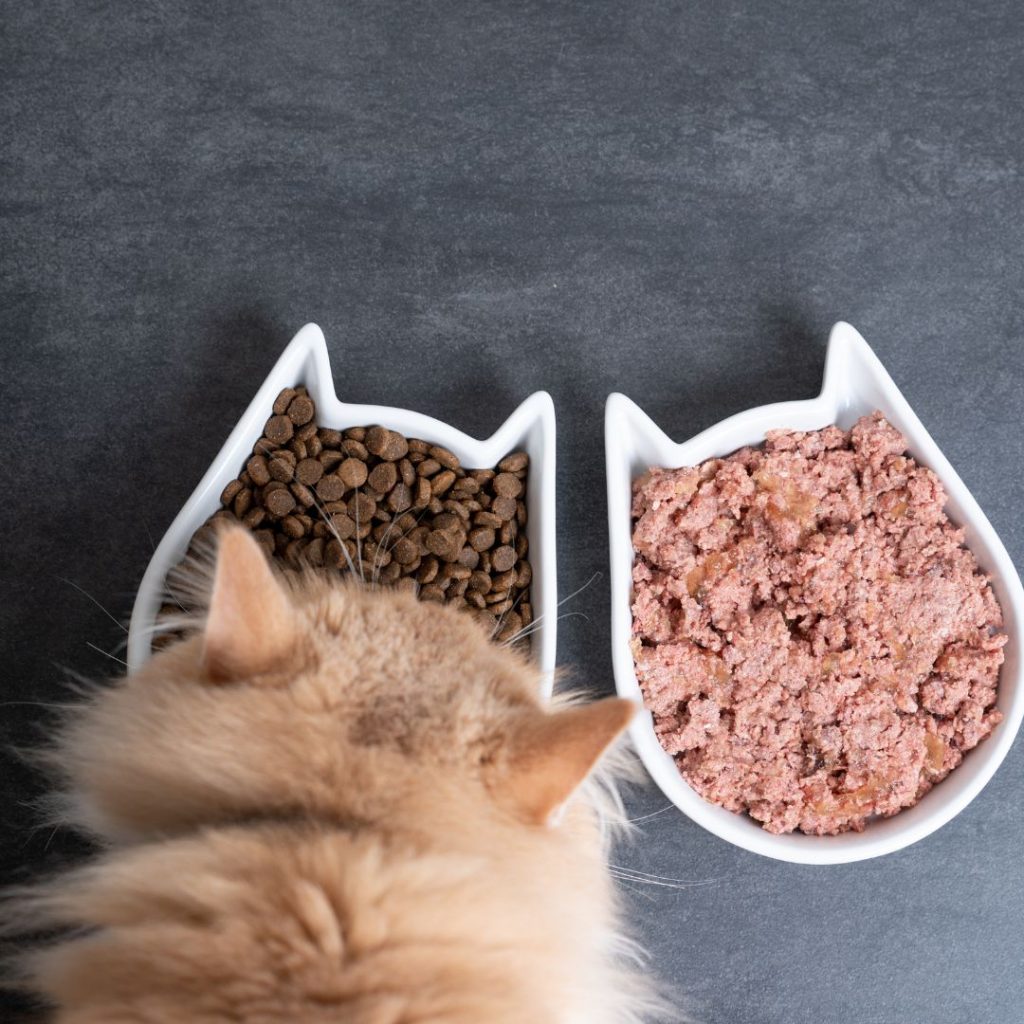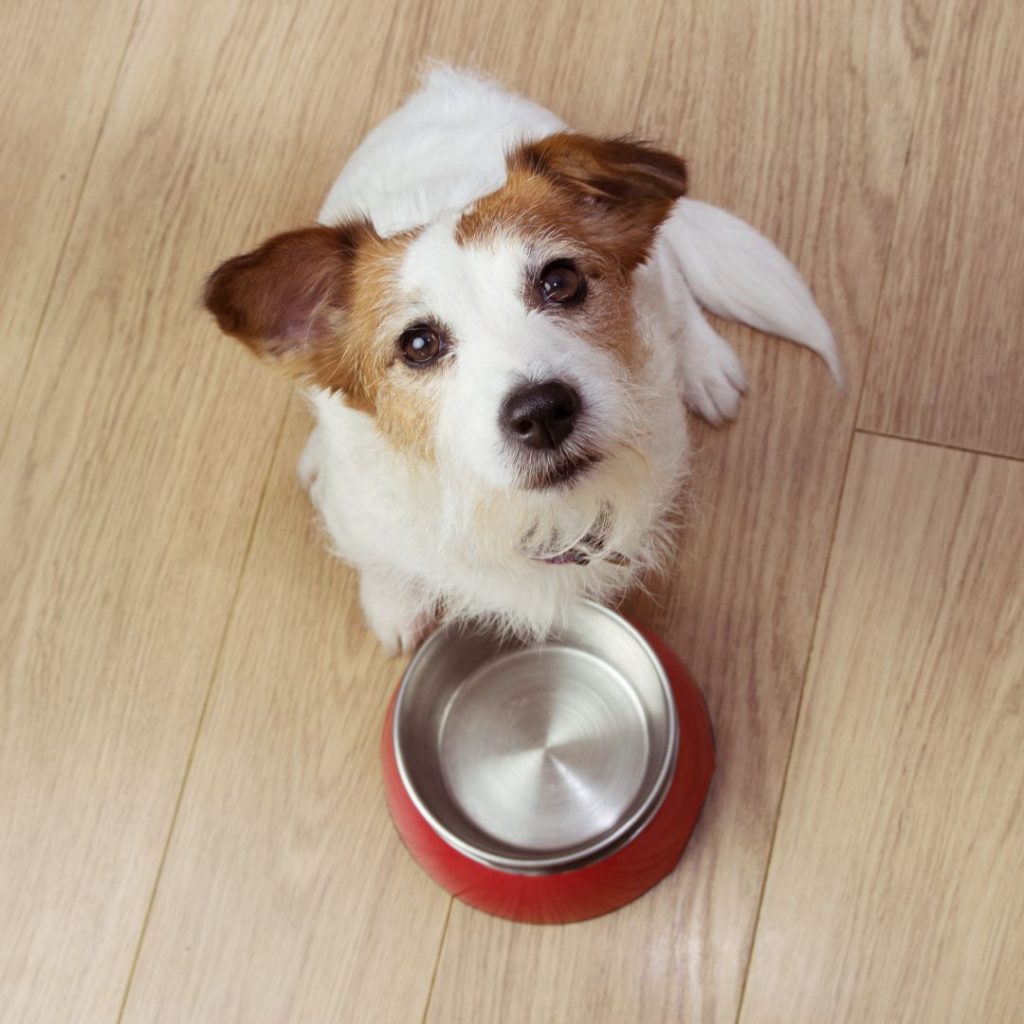When it comes to pet food, there is no one-size-fits-all approach. Each animal has its own unique dietary needs, and what works for one pet may not be suitable for another. As a result, it’s important to do some research before you choose a food for your furry friend. Start by considering your pet’s species and age. For example, kittens and puppies have different nutritional needs than adult cats and dogs. Similarly, different animals have different digestive systems, so you’ll need to find a food that is tailored to your pet’s physiology.

With so many brands and products on the market, it can be tough to know where to start. A good place to begin is by reading reviews. We recommend checking out PetFoodReviews. This can give you an idea of what foods are popular and what kinds of ingredients to look for. Once you’ve narrowed down your options, take the time to read the ingredients list and make sure that the food contains everything your pet needs to stay healthy. By taking the time to select the right food, you can help your pet live a long and happy life.
With all of the different pet food brands and formulas on the market, it can be difficult to know what is best for our furry friends. That’s why it’s also a good idea to talk to your Veterinarian about your pet’s diet. They can provide professional guidance on what ingredients and nutrients are most important for your pet, as well as which brands they recommend. With their help, you can be sure that you are giving your pet the best possible diet for their needs.

Pets with special dietary needs require food that is carefully balanced in order to meet their unique nutritional requirements. For example, older dogs may need food that is easy to digest, while puppies may need food that is high in protein. When choosing a food for a pet with special dietary needs, it is important to read the ingredients list carefully. The first ingredient should be a meat or meat meal, as this will provide the protein that your pet needs. The second ingredient should be a grain or carbohydrate source, such as rice or corn unless grain-free is preferred. And finally, the third ingredient should be a source of fat, such as an oil or grease. By reading the ingredients list carefully, you can make sure that your pet is getting the nutrients it needs to stay healthy and happy.

When you switch your pet’s food, you might be tempted to just dump the new food in their bowl and be done with it. However, it’s best to transition your pet to their new diet gradually, over the course of a few weeks. This will give them time to get used to the new food and minimize the risk of digestive issues. Start by mixing a small amount of new food into their old food. Gradually increase the proportion of new food while decrease the old food until they are only eating the new food. Keep an eye on your pet during this process and make sure they are adjusting well. If they seem to be having any trouble, talk to your veterinarian for advice.
Switching your pet to a specialised diet can have a number of potential benefits, but it’s important to closely monitor your pet’s health after making the switch. Pay attention to how your pet is eating and drinking, and look for any changes in energy levels or bathroom habits. If you have any concerns, consult with your Veterinarian. They can help you determine whether the diet is working well for your pet and make adjustments as needed. With a little bit of care and attention, you can help ensure that your pet stays healthy and happy on their new diet.
PetsOnMe Insurance is recommended by PetFoodReviews, learn more here.
